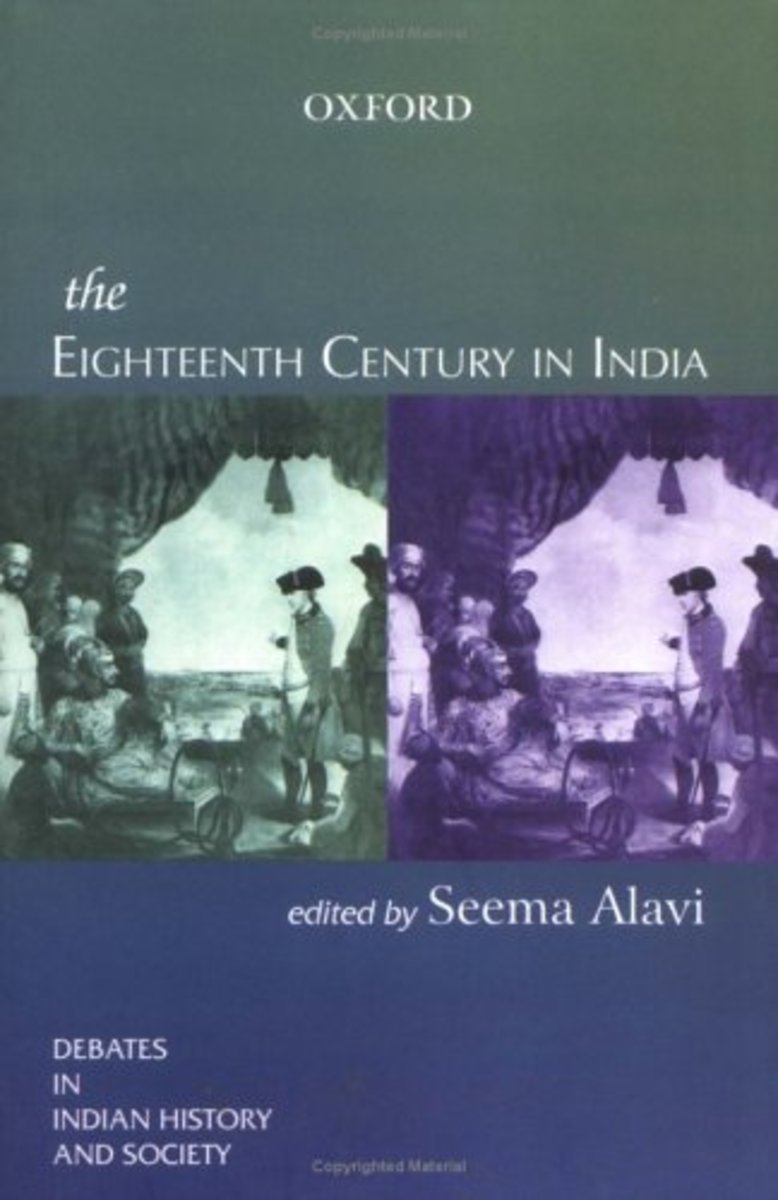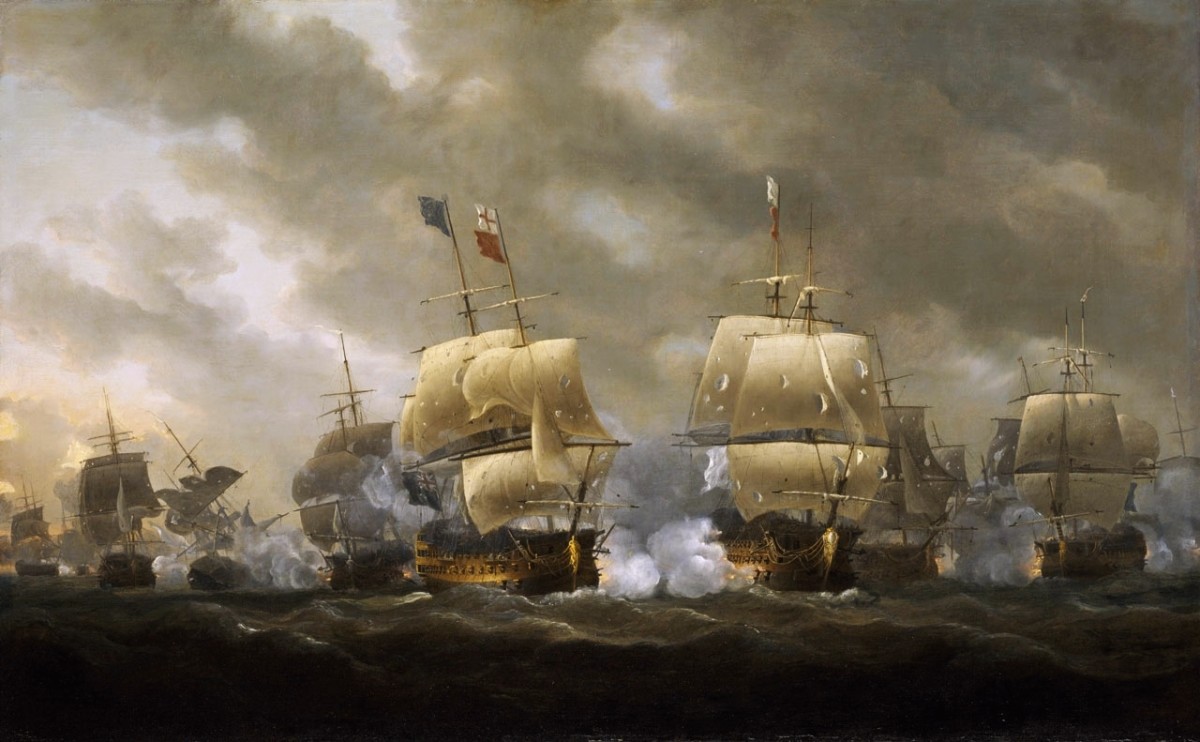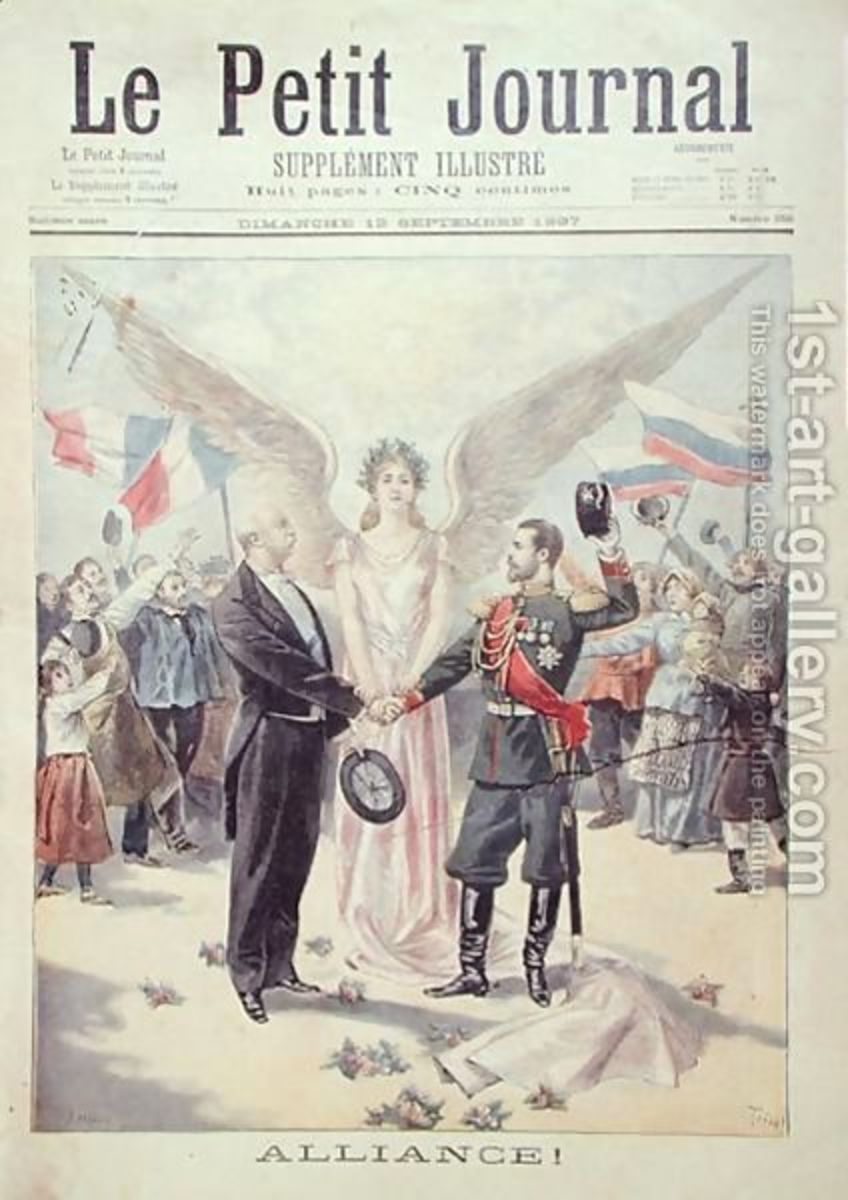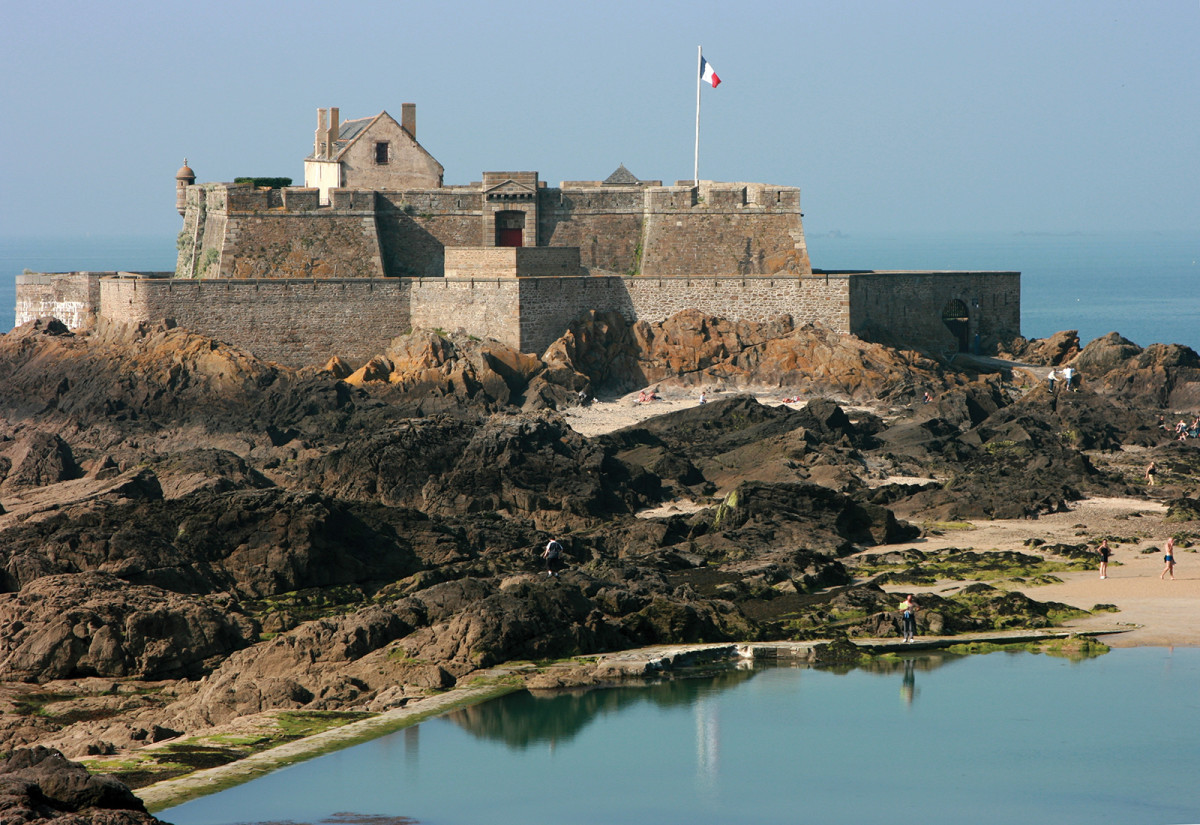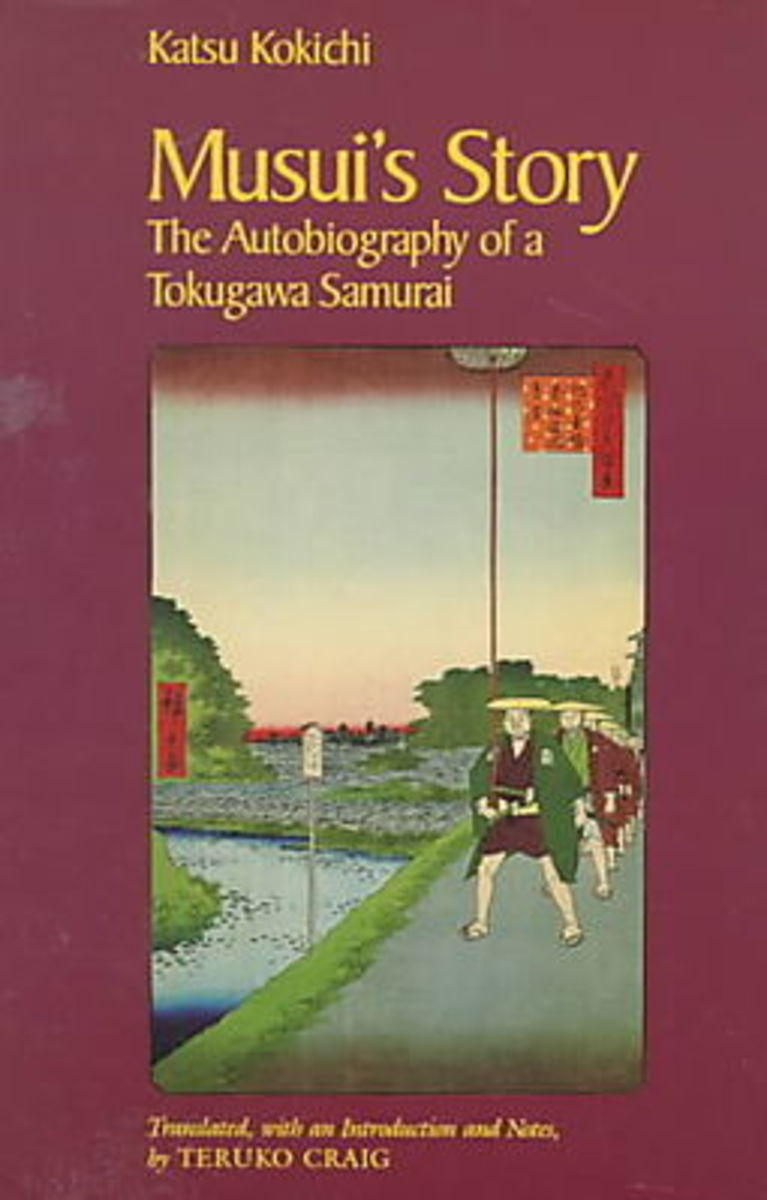The Nguyen and Champa during 17th and 18th Century: A Study of Nguyen Foreign Relations

Before Vietnam marched from north to the south, the central and southern parts of the country were ruled by the Khmer, and above all else Cham people. Champa was a syncretic state, drawing on influences ranging from Indian to Islamic, an important mercantile power, and for centuries a powerful rival of the Vietnamese, even going so far as to sack Thang Long (modern Hanoi) in the 15th century. As Vietnamese power grew, the Nguyen dynasty expanded to the south in the 16th and 17th centuries, which gradually led to them absorbing the Cham territory. This was not a simple process and had multiple economic and military factors, which are the subject of The Nguyen and Champa during 17th and 18th Century by Danny Wong Tze Ken. Although this is an intriguing subject, unfortunately the book doesn’t do it justice due to a combination of shortness and a lack of focus on actual Champa-Nguyen relations.
Much of the book seems like it is simply padded out to be able to form a barely long enough work. In particular, there is a lengthy setting component that isn’t necessary for the book: a history of Franco-German relations in the 18th century for example, wouldn’t need to stretch over the previous thousands of years of history in such detail, and this section could have been much simpler while still setting the stage appropriately. By contrast, the setting of the champa is broadly insufficient, and in fact given how little is known about them by foreigners, deserves to be considerably expanded. Each chapter is heavily focused on internal Vietnamese problems such as the Trinh-Nguyen war, and leaves insufficient space for the actual topic of the book.
The book also misses cultural connections, which must have been real. It has been noted elsewhere that the famous Vietnamese áo dài might be linked to the Champa, as compared to the áo tứ thân from the northern regions, as well as some strata of Champa words in southern Vietnamese. There is mention of Vietnamization of the Cham, but surely there was some cross-cultural exchange that could have been studied?
While it could have been much more efficiently and cogently written, it does do a decent job at showing Vietnamese relations to Champa in the context of Chinese suzerainty, such as Ming attempts at balancing between the two. Its description of Nguyen-Cambodian relations, marriage alliance, and anti-Siamese coalition is interesting. The final subjugation of the Champa, in the 1690s, actually does have enough detail and is center stage, and shows the beginning of Vietnamization and the development of a tributary relation. While it could have been expanded on and the formal structures shown in more detail, it does exist at least. Unfortunately, it doesn’t cover the Cham during the Tay Son wars at all, which would have been a great contribution by showing developments during a period of chaos in the Vietnamese world.
Ultimately, while it does have limited usability, there are much more interesting works on the Nguyen, such as Nguyen Cochinchina: Southern Vietnam in the 17th and 18th Centuries. These do a much better job of mixing together a description of Vietnamese foreign policies with internal affairs, the links between economic needs and policy, and the dynasty’s ideology and justifications for rule. For what should be such a specialized and detailed work, The Nguyen and Champa feels much more like a basic overview that lacks the details that the subject deserves.

